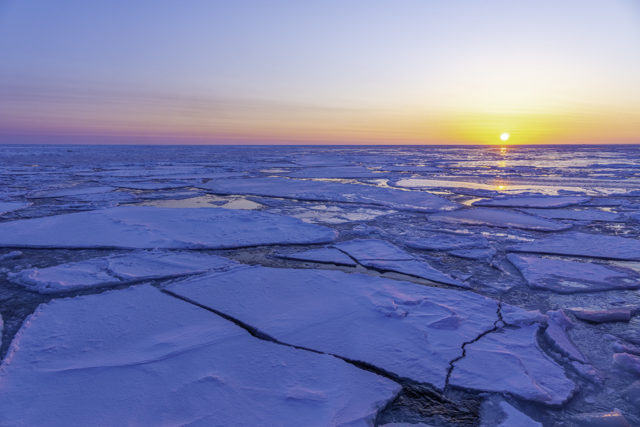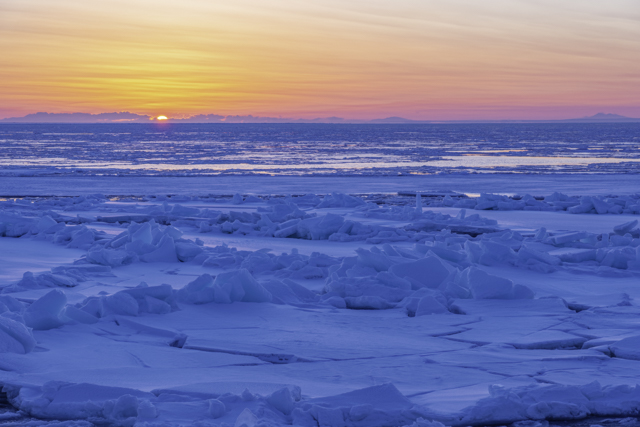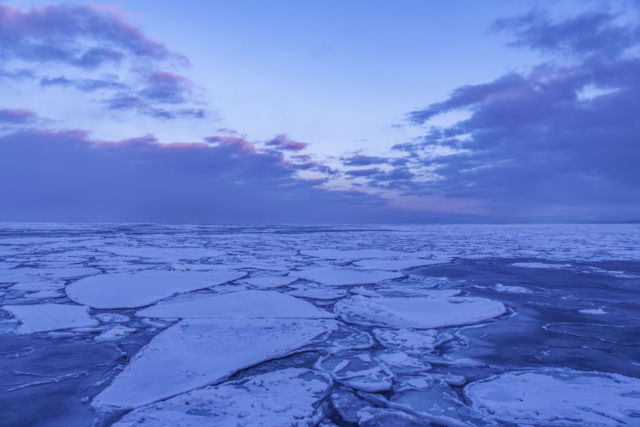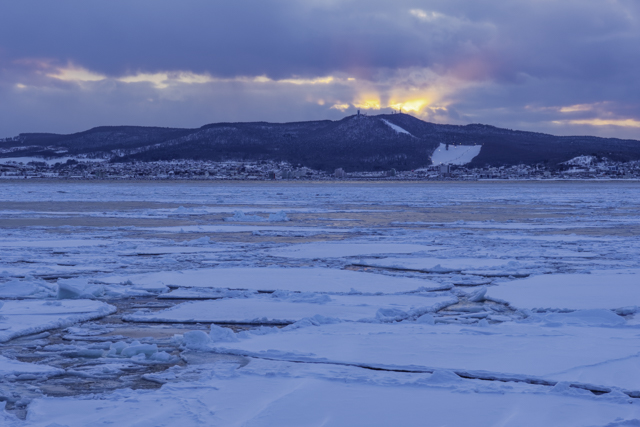



Owing COVID-19, I was able to visit very famous yet less crowded tourist destinations in Japan last year. It was unfortunate that I failed to see drift ice in Hokkaido. It was because I came up the idea a little too late and I had no idea where to go in Hokkaido to see the drift ice.
I made research and found that drift ice can be seen in Monbetsu, Abashiri, and Shiretoko. The most famous ones are ship named Garinko in Monbetsu, and another ship named Aurora in Abashiri. Both are icebreakers, but the Garinko has different structures, such as a drill on the bow.
While I was thinking about them, I missed the opportunity last winter. After that, I revisited Kushiro before summer and visited Shiretoko in early autumn, so I got some understandings of geography and public transportation in the eastern part of Hokkaido.
This winter was cold and snowy. Perhaps at Amur River basin, the source of drift ice, was also cold. Let me try to see the drift ice this year.
As for the itinerary, I would take steam locomotive (SL) train from Kushiro to Shibecha and then take bus to Kawayu Onsen. The next day, take a tourist bus from Kawayu Onsen to Abashiri. After boarding an icebreaker in Abashiri, take another bus to Monbetsu and then board an icebreaker in the evening (sunset cruise). On the final day, after boarding the icebreaker (sunrise cruise) in Monbetsu, take All Nippon Airways (ANA) direct flight to Tokyo Haneda Airport. The schedule was almost perfect. I got the airline tickets and made reservations for the SL train and the icebreakers.
However, the trip was not just a matter of getting there.
At first, the SL was broken down. Substitute diesel-powered train was planned at the same timetable, so there was no impact on my schedule. Secondly, the new ship of the icebreaker Garinko in Monbetsu was also broken down, and only the older ship would be in service. There were transfers of reservations, so the impact on the schedule was minimal as well.
There seemed to be some kind of extra charge for the SL train, and fare difference in the designated ticket would be refunded for diesel-powered train. For the icebreaker, there were additional charges for the new ship, and the fare difference of the boarding ticket would be refunded too. Lower fare seemed to be always better, but the lower fares were rather worse in these cases.
Although I should have realized that it was useless to worry about the weather when I visited Shiretoko last year, the biggest obstacle was the weather this time. I had looked at the weekly forecast many times, but the weather seemed to be bad on the third day of the trip.
After much of thoughts, I decided to reverse the itinerary two days before the departure. I would go to Monbetsu first, and then to Kawayu Onsen via Abashiri. There were seats available on planes, the icebreakers, and vacant rooms at hotels, so I changed reservations at last minute.
However, travel in the eastern part of Hokkaido during the winter season was very challenging.
Even though I usually rent a car in Hokkaido, it is only from spring to autumn. A middle-aged man who falls down while walking on a snowy road in Tokyo is not qualified driving a car on a snowy road in Hokkaido. Therefore, I had no choice but to rely on public transportation in winter, but the buses, JR Hokkaido Senmo Line for Kawayu Onsen, and return flight to Tokyo were not well connected on the reverse route which preceded Monbetsu.
From Kawayu Onsen, I thought of taking the afternoon flight from Kushiro to Tokyo, but the waiting time in Kushiro would be long. Even if I returned to Abashiri and took a flight from Memanbetsu Airport, there would be three-hour waits at Abashiri Station for both outward and inward trip to/from Kawayu Onsen. Total six hours of waiting time in winter at Abashiri would be too much for me.
Finally, I decided to omit staying in Kawayu Onsen, and stay only one night in Hokkaido just to see the drift ice.
When I arrived at Monbetsu by ANA flight from Tokyo on the first day, it was cloudy. I felt a little gloomy. It was useless to worry about the weather any longer when I got there. Nevertheless, by the time I boarded the icebreaker, some blue sky began to appear. At dusk, there was even what looked like sunset.
When I returned to my hotel room after the dinner and looked up, I saw the moon in the sky. Could tomorrow be promising?
The next morning, I woke up at 4:30 a.m. and went out for the icebreaker. When I looked up at the sky again, it was clear. What a wonderful sunrise I was able to enjoy from the icebreaker!
It was a big change from my original perfect plan, but it was worth the trouble. It is difficult to be so optimistic about the weather when main purpose of the trip is to take photographs. I guess I will have to continue to travel while worrying about the weather.
